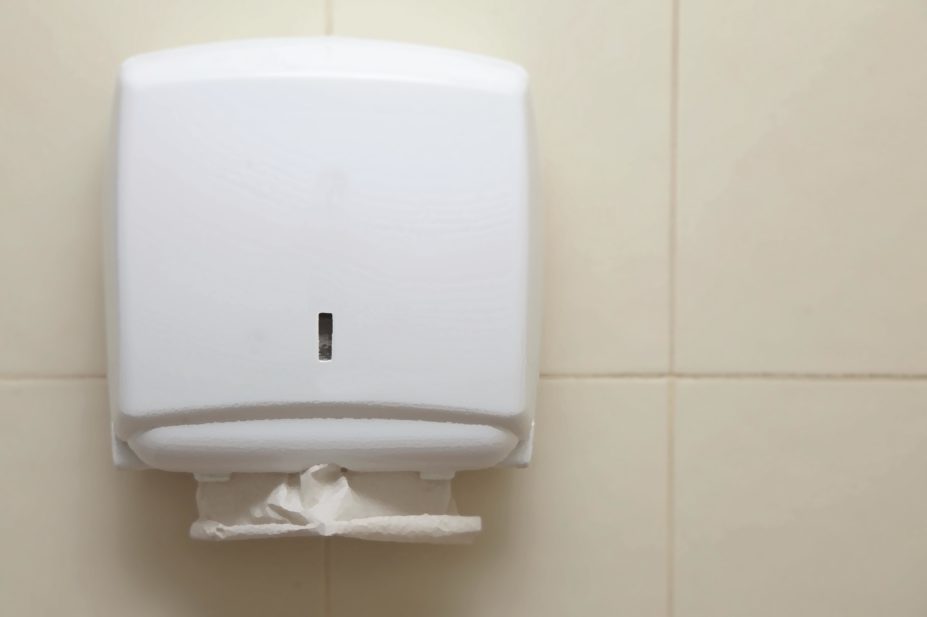
Shutterstock.com
Suppliers of hot air hand dryers want us to believe that their products are more hygienic than other hand-drying methods. But this claim is merely hot air — just a marketing ploy. The only people who benefit from hot air hand dryers are those who make and market them and those who install them in their toilet facilities.
Providers of public loos prefer hot air dryers not for hygiene reasons but because installing them means not having to provide clean towels and dispose of soiled ones. However, research has shown that paper towels win hands down with regard to three major considerations: speed of drying, removal of bacteria and avoidance of cross-contamination.
So far as speed of drying is concerned, research suggests that ten seconds of drying with a paper towel is as effective as at least 40 seconds using a standard hot air hand dryer. Only the newer jet air dryers dry your hands as quickly as paper towels.
And although a hot air machine will eventually dry your hands, it fails to remove many of the bacteria that survive the washing process. One study found that, although paper towels reduce the number of all types of bacteria, hot air dryers somehow increase their number.
Another research project found that rubbing the hands together under a hot air dryer actually prevents the removal of bacteria, leaving you with more bugs on your hands than if you had not used the dryer at all. Using a paper towel was found to be easily the best method of eliminating bacteria, especially from the fingertips.
What about cross-contamination? Because a hot air hand dryer takes so long to get your hands completely dry, you are likely to exit the loo with your paws still a little damp. Since bacteria are more easily passed from wet skin than from dry skin, this increases the risk of spreading infection.
Studies have also shown that — unlike paper towels — hot air hand dryers disperse bacteria into the air, thereby putting other loo-users at risk. A typical hot air dryer can spread bacteria up to a metre, while jet air dryers can disperse them up to two metres.
The risk of cross-contamination is an important consideration in environments where people may be vulnerable to infection, such as in hospitals, where thorough attention to hand drying could save lives. But although you may be more likely to encounter paper towels in hospitals than elsewhere, many hospitals have yet to acknowledge the research findings and equip their toilets appropriately.
Whatever facilities you may find on a visit to the loo, public health considerations mean that you should both wash and dry your hands as thoroughly as possible before going on your way — even if the loo provider does not make this easy.


